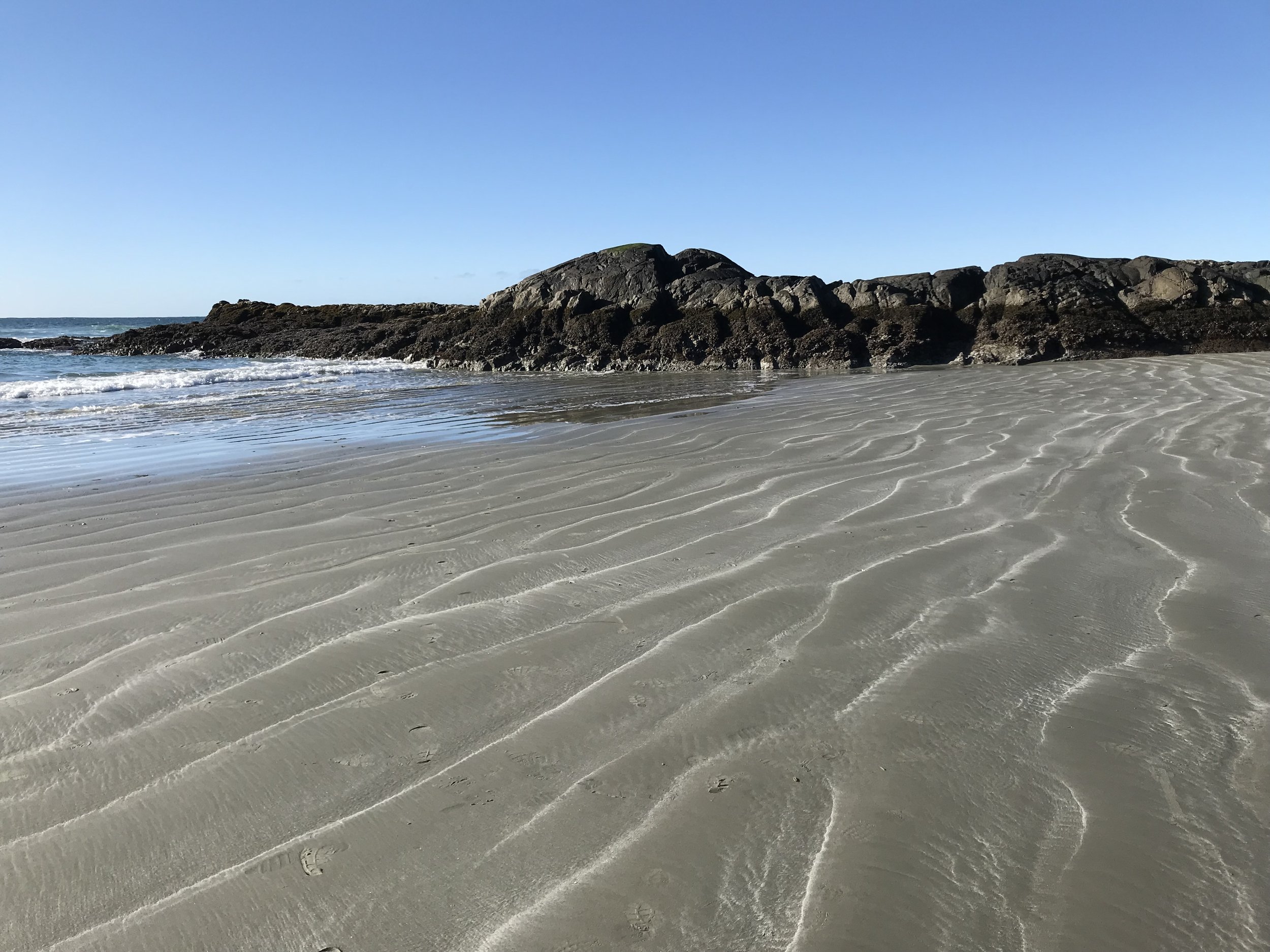
Writing With a Broken Tusk
Writing With a Broken Tusk began in 2006 as a blog about overlapping geographies, personal and real-world, and writing books for children. The blog name refers to the mythical pact made between the poet Vyaasa and the Hindu elephant headed god Ganesha who was his scribe during the composition of the Mahabharata. It also refers to my second published book, edited by the generous and brilliant Diantha Thorpe of Linnet Books/The Shoe String Press, published in 1996, acquired and republished by August House and still miraculously in print.
Since March, writer and former student Jen Breach has helped me manage guest posts and Process Talk pieces on this blog. They have lined up and conducted author/illustrator interviews and invited and coordinated guest posts. That support has helped me get through weeks when I’ve been in edit-copyedit-proofing mode, and it’s also introduced me to writers and books I might not have found otherwise. Our overlapping interests have led to posts for which I might not have had the time or attention-span. It’s the beauty of shared circles.


Dreams For Sale Along the Silk Road
When I was a child, place names from history captivated me: Mohenjo Daro, Samarkand, Pompeii. They rolled off the tongue, promising visions larger than life. Among them was the name of a desert in China—Taklamakan. Its waves of sand formed crescent shapes that kept shifting and forming, over and over, covering an expanse so wide a person could see no end to it. Once you entered this world of sand dunes, you couldn’t leave.
The Taklamakan was just one enchanting spot along what has come to be called the Silk Road: a network of trade and travel routes that opened up rich cultural exchanges and in the process, changed history. Languages shifted. Glassmaking entered China. Paper made its way west. Bandits and monks, traders and adventurers traversed these routes, leaving stories scattered in their wake along a stretch of land so vast it straddled continents.
